How To Tune Your Banjo To Double C Tuning
As most of us know, standard tuning for a 5-string banjo is an open G tuning (G,D,G,B,D). Open G tuning means that if we strum all the strings without fretting any of them, we will be playing a G chord. Open G is a great tuning, but there are many other ways you can tune your banjo as well. By tuning it differently, you can get a completely different tone out of your banjo. It also can make it easier to play certain songs in different keys.
One of the most common and one of my favorite alternate tunings is called Double C Tuning (G,C,G,C,D). This tuning is used very often in old time music. The sound of this tuning gives your banjo a lower voice since we are lowering the lowest pitched string (the 4th string) from a D to a C. It also gives your banjo a hauntingly drone tone because of the two strings that are tuned to C.
It is easy to re-tune your banjo using an electronic tuner, but sometimes you might not have one around and it would be good to know how to do this on the fly without the crutch of a tuner. This also is a great ear training exercise. Your ear will get stronger and be able to hear pitch intervals better.
Assuming that your banjo is tuned correctly to Open G tuning, we can quickly get to Double C.
We start by tuning the 4th string down to C. We play both the 4th string and the 3rd string at the same time, while tuning the 4th string. The interval between a C (4th string) and G (3rd string) is a fifth. This is the easiest interval to hear after an octave or unison. When you get the 4th string down to a C (remember you are playing both the 4th and 3rd strings at the same time), you will hear it “lock in” and have a very Gregorian Chant type of tone. This is because the monks singing Gregorian Chant would sing almost exclusively in octaves and fifths.
Now that we have the 4th string to a C, we now want to tune the 2nd string up from a B to a C. We do this by playing the 4th string and the 2nd string at the same time and listening for the octave to “lock in” when we get the second string up to a C.
Learning how to hear this and retune my banjo on the fly without the use of an electronic tuner has saved me a number of times on gigs when I have either forgotten my tuner or the batteries on the tuner went out. It has also helped to strengthen my ear so now it is much easier for me to transcribe solos of other musicians and put it to the banjo.




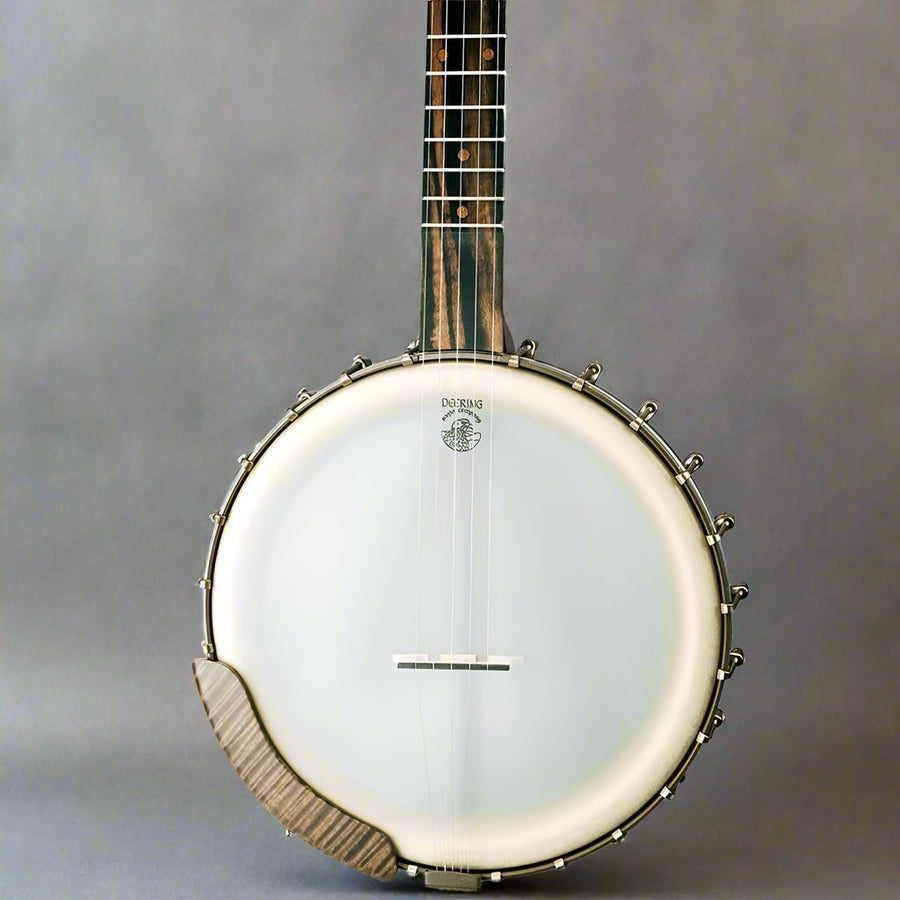
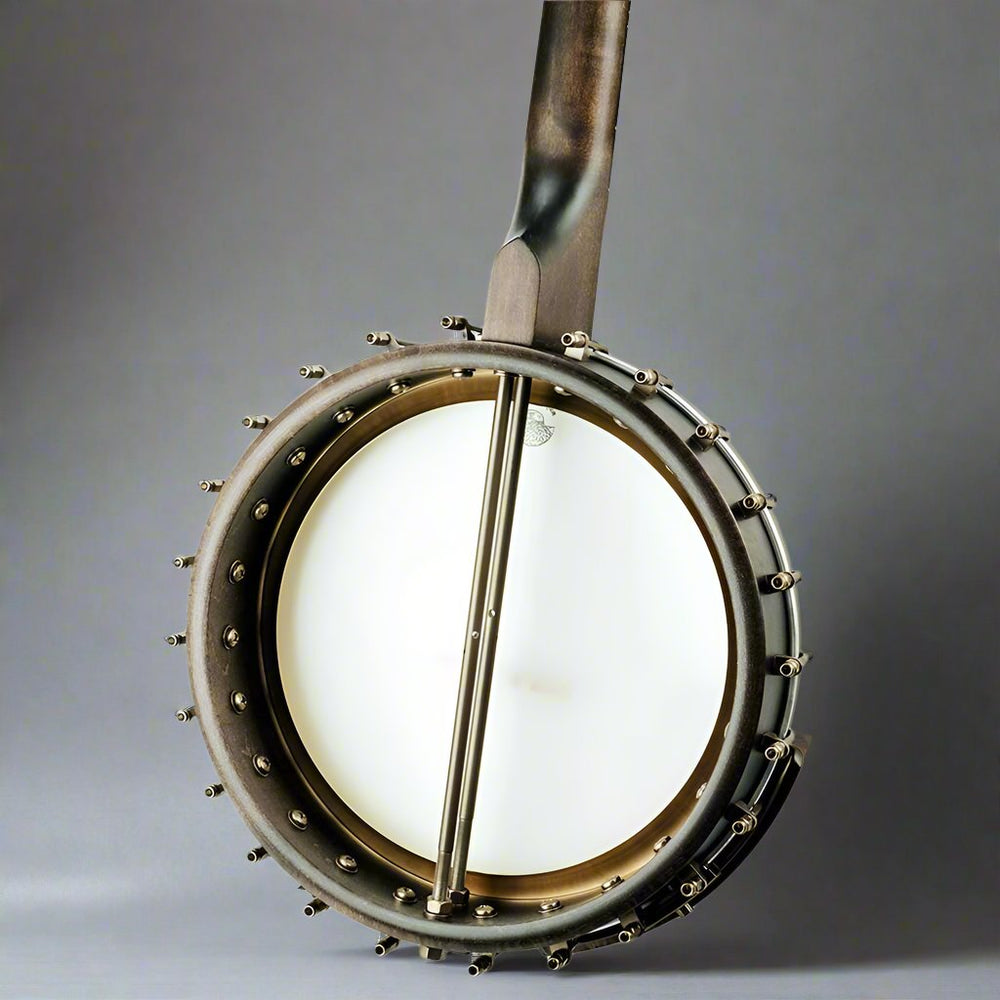
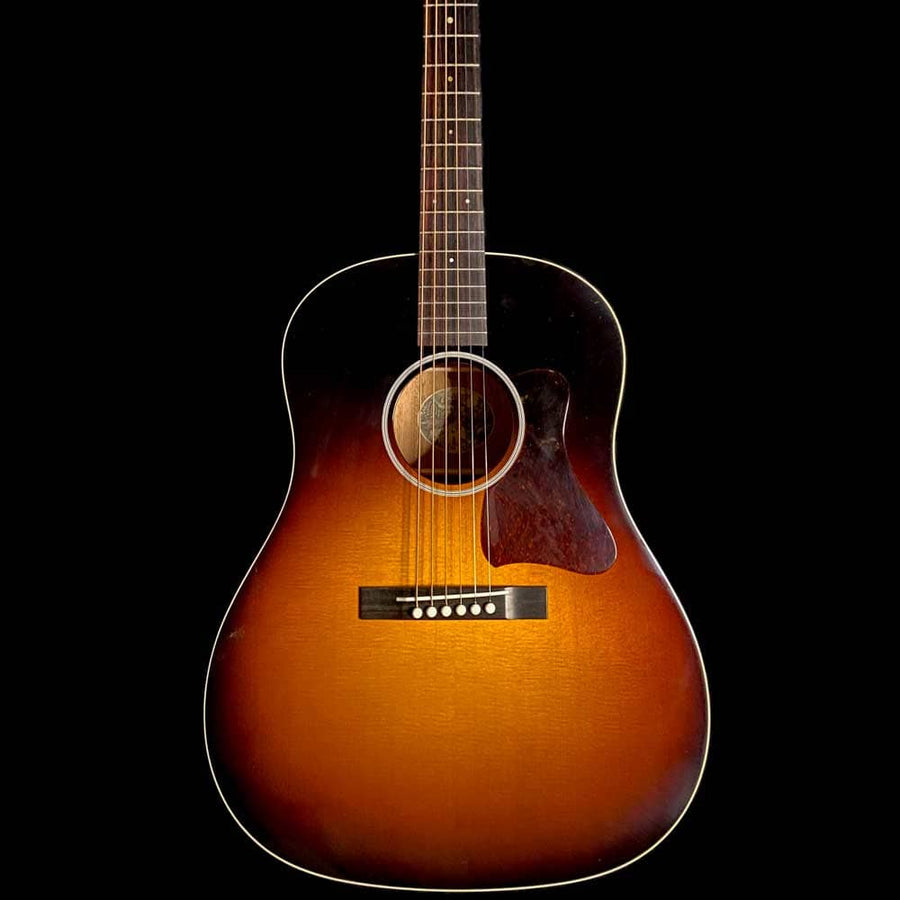
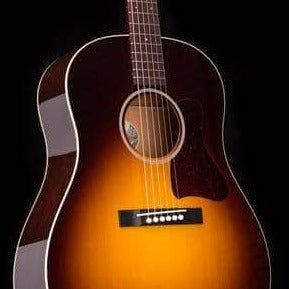
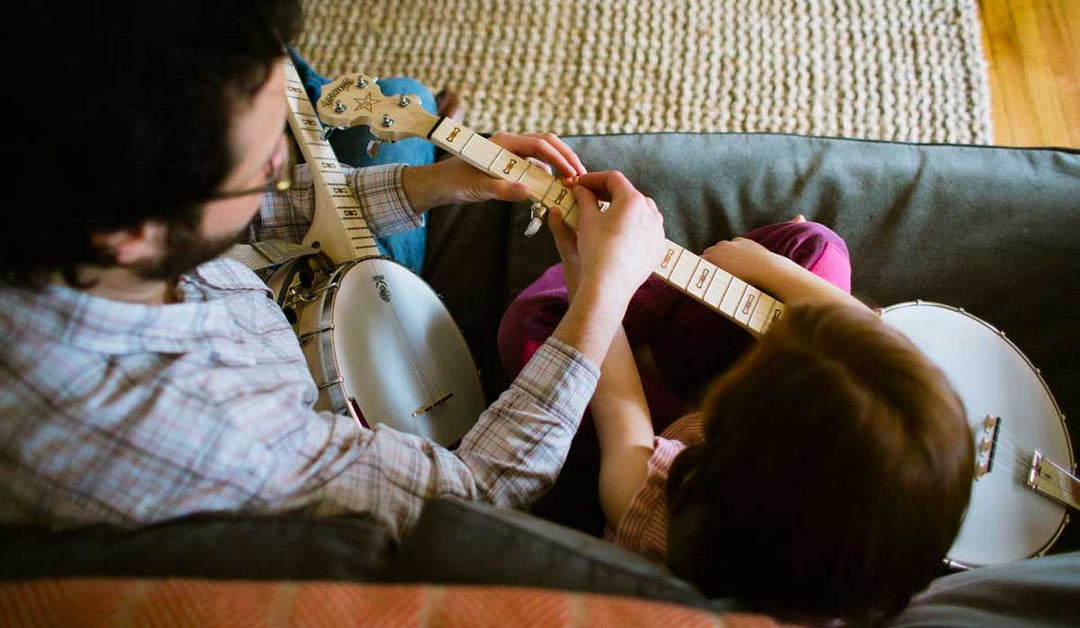



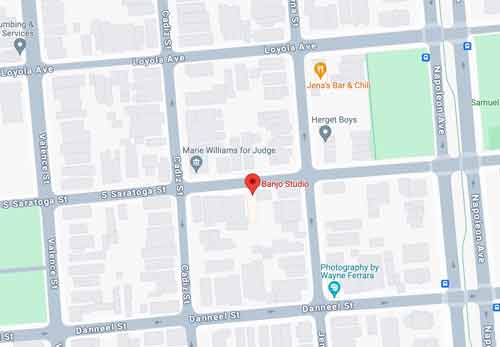
Leave a comment